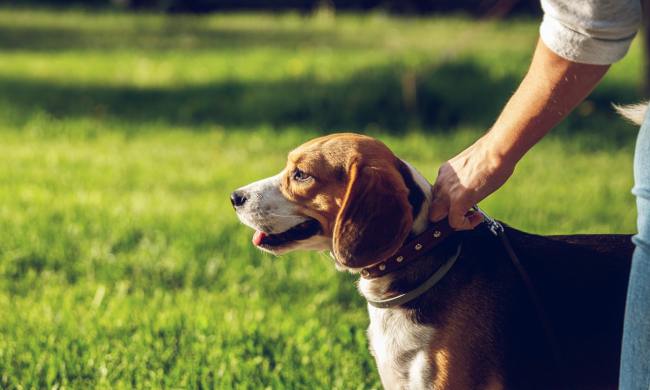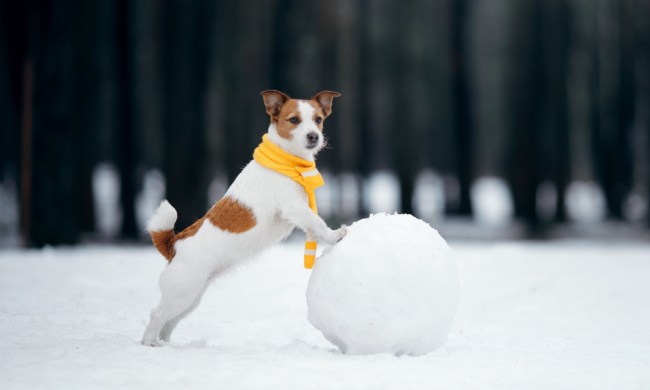Summertime is exciting for the whole family. School’s out, and the weather is finally warm enough for jumping into the pool. However, our beloved dogs may not enjoy the hot weather as much as we do. If your outdoor pet has a doghouse in the backyard, it’s crucial to keep them cool throughout the hot months. Read on to see how you can give your pet a haven from the blazing sun.
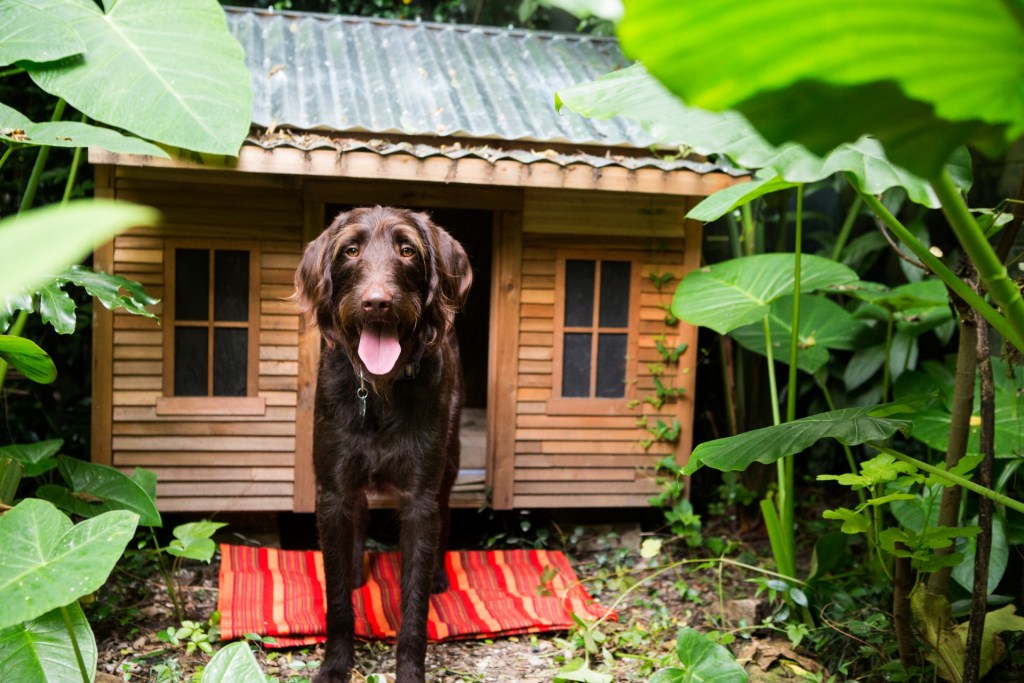
Keep the house in the shade
One big change you can make is moving the doghouse to a shady spot in the yard. If you have a shady area under a few trees, this is the optimal spot. Additionally, you can move the house next to the house during the hottest times of the day, so they can stay in the shade.
You can also place the house in the garage if you have one. A more hands-on approach is making your own shade from shade cloth or tarp. This will filter out direct sunlight and keep your dog’s house significantly cooler.
Ventilate your dog’s house
Another way of cooling a doghouse is through proper ventilation. If you’re looking to purchase a new doghouse, choose one that has closeable roof vents or built-in ventilation holes. On the other hand, you can make your own vent holes easily, especially if you have a wooden doghouse.
These ventilation holes will provide essential airflow in and out of your doghouse. Closed-off houses trap heat from the air and body heat, which make outdoor homes even more uncomfortable for pets in the summer.
Insulate the inside
Along the same vein, you can install insulation in your doghouse to prevent excess heat absorption. Foam panels are commonly used for insulation not just during summer months but in winter to protect from the cold. You might cover the foam with another layer of wood to provide an extra layer of insulation and to keep your pet from damaging the delicate Styrofoam.
Use a cooling pad
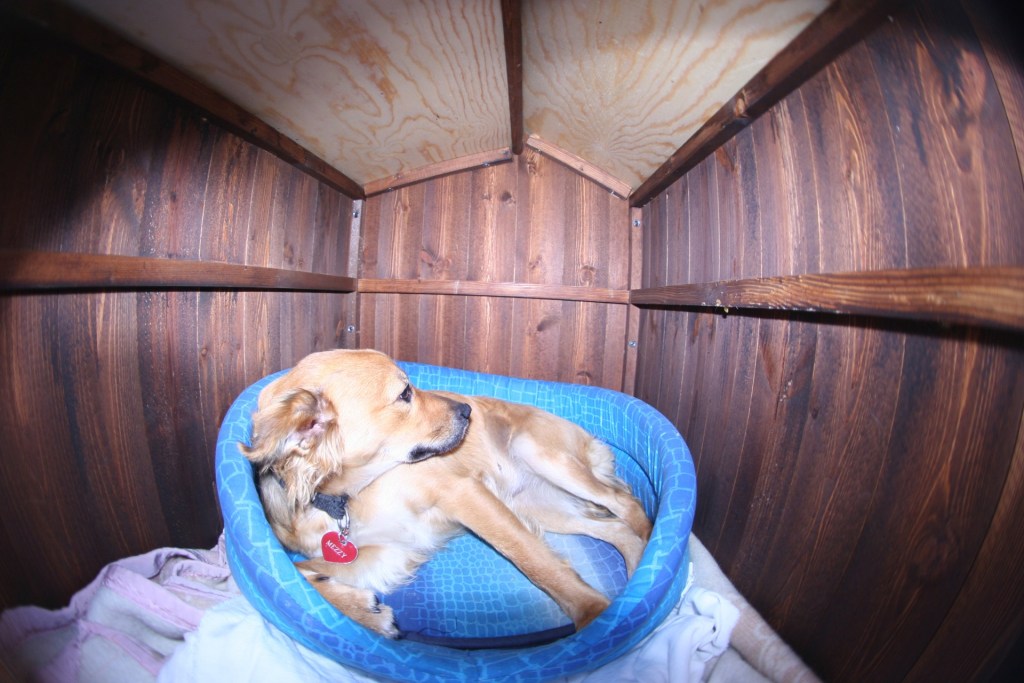
Self-cooling pads are a must during the summer. Popular for crates and indoors, these handy cooling mats are a lifesaver for an outdoor doghouse. Cooling pads are usually made of a gel material covered in a fabric-like cotton.
Choose products that you can wash easily and indefinitely without it breaking down.
Install a misting system
You can place a misting system right outside your dog’s house to help them cool off. One of the great things about misting systems is the whole family can benefit from it. Install them along the floor or up on a pillar or creeping on a wall for maximum coverage.
More flexible options can be coiled up and directed specifically at your doghouse to really help them feel more comfortable. Even if the water doesn’t hit your dog directly, the cool water droplets keep the air around them moist. This helps them breathe better, especially if the air is hot and dry.
Spray the roof with water
During extremely hot days, consider hosing down your dog’s roof with a garden hose. When the water evaporates, this will help divert hot air away from the roof and into the air instead. Make sure there are no vents open or rogue holes in the roof to prevent your dog from getting completely soaked if they’re inside the house.
Upgrade the doghouse
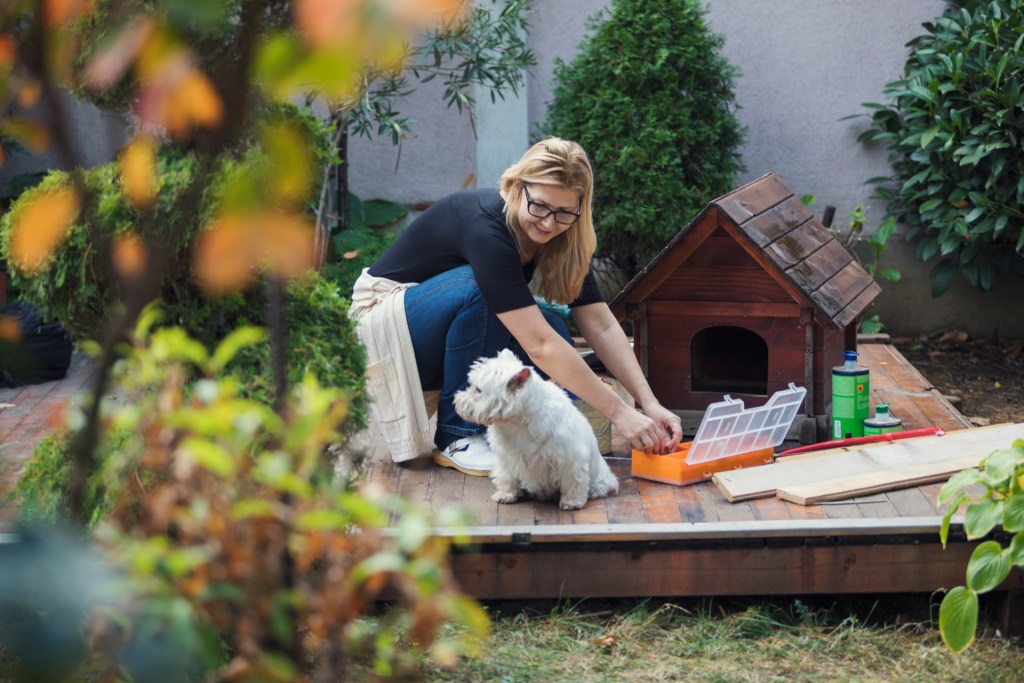
After reading this list, you might have realized that investing in a properly insulated and weatherproof doghouse might be the best first step. The floors are usually large enough for cooling or heating pads and often provide ventilation features for hot summer months.
Choose the size appropriate for your dog, as the sizes vary widely.
Summer is a fun time, but it can also be risky for dogs who live outdoors. Flat-nosed dogs, puppies, senior dogs, and dogs with particular health issues are at most risk during extremely hot days. When possible, keep them indoors and out of direct sunlight with plenty of water. Otherwise, try any (or all!) of our suggestions to help keep your pet safe and happy during the summer.
